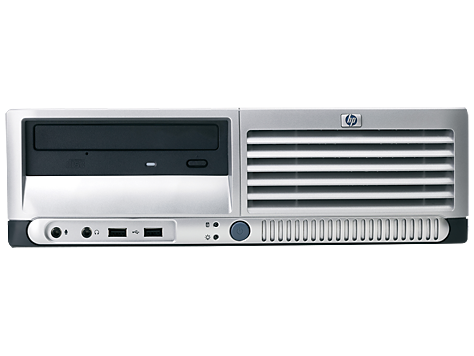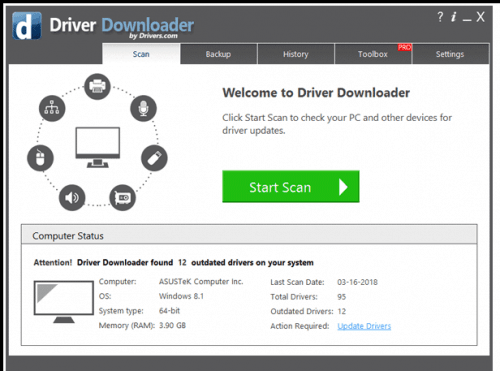Here is a step by step manual guide for ATI RADEON XPRESS 1100 Series software installation process on Windows 7 / 8 / 8.1 / 10 / Vista / XP. 1 Download AMD-8.582.0.0-32bit.zip file for Windows 7 / 8 / 8.1 / 10 / Vista / XP, save and unpack it if needed. 2 Switch on your new display hardware. Here is a step by step manual guide for Android Composite ADB Interface software installation process on Windows 7 / 8 / 8.1 / 10 / Vista / XP. 1 Download USBDrivers.zip file for Windows 7 / 8 / 8.1 / 10 / Vista / XP, save and unpack it if needed. 2 Switch on your new androidusbdeviceclass hardware. 1 Download driverswin7x64.7z file for Windows 7 / 8 / 8.1 / 10 / Vista / XP, save and unpack it if needed. 2 Switch on your new accorddevices hardware. 3 Right click on the My computer icon and push Properties tab then. Choose Hardware tab. Click on Device Manager button. 4 Find your PCI ECP Parallel Port device in the list. Here is a step by step manual guide for ATI Radeon X1300/X1550 Series software installation process on Windows 7 / 8 / 8.1 / 10 / Vista / XP. 1 Download amd690740vmb.zip file for Windows 7 / 8 / 8.1 / 10 / Vista / XP, save and unpack it if needed. 2 Switch on your new display hardware.
A boot-start driver is a driver for a device that must be installed to start the Microsoft Windows operating system. Most boot-start drivers are included 'in-the-box' with Windows, and Windows automatically installs these boot-start drivers during the text-mode setup phase of Windows installation. If a boot-start driver for a device is not included 'in-the-box' with Windows, a user can install an additional vendor-supplied boot-start driver for the device during text-mode setup.
To install a device that is required to start Windows, but whose driver is not included with the operating system, a user must do the following:
Install the device hardware and turn on the computer.
Begin your Windows installation (run the Windows setup program). During the text-mode phase of the installation (at the beginning of the installation), Windows displays a message that indicates that you can press a specific Fn key to install a boot-start driver.
When Windows displays this message, press the specified Fn key to install the boot-start driver and then insert a boot-start driver distribution disk.
Note This procedure demonstrates how you can install a driver that is not included 'in-the-box' with Windows. Do not use this procedure to replace or update a driver that is included with Windows. Instead, wait until Windows starts and use Device Manager to perform an 'update driver' operation on the device.
When Windows fails to start, certain error messages that are displayed can indicate that a boot-start driver is missing. The following table describes several error messages and their possible causes.
| Error message | Possible cause |
|---|---|
Inaccessible boot device | The boot disk is a third-party mass-storage device that requires a driver that is not included with Windows. |
Setup could not determine your machine type | A new HAL driver is required. This error does not occur on most machines, but it might occur on a high-end server. |
Setup could not find any hard drives in your computer | The required boot device drivers for the hard drives are not loaded. |
Boot-Start Driver Distribution Disk
A boot-start driver distribution disk is a medium, such as a floppy disk or USB flash drive, that contains a TxtSetup.oem file and the related driver files. The TxtSetup.oem file is a text file that contains a list of hardware components, a list of files on the distribution disk that will be copied to the system, and a list of registry keys and values that will be created. A sample TxtSetup.oem file is provided with the Windows Driver Kit (WDK), under the src directory of the WDK. For details about the contents of a TxtSetup.oem file, see TxtSetup.oem File Format.
The following requirements and recommendations apply to platform-specific and cross-platform distributions disks:
Platform-specific distribution disks (Windows Server 2003 and earlier)
Windows requires a platform-specific distribution disk for each platform that a driver supports. A platform-specific distribution disk contains one TxtSetup.oem file and the related driver files. The TxtSetup.oem file must be located in the root directory of the distribution disk.
Cross-platform and platform-specific distribution disks (Windows Server 2003 Service Pack 1 (SP1) and later versions)
Windows supports cross-platform distribution disks that contain two or more platform-specific TxtSetup.oem files and the related driver files.
To distinguish between platforms on a cross-platform distribution disk, use the platform directories that are listed in the following table.
Platform Platform directory Default directory x86-based
A:i386
A:
Itanium-based
A:ia64
A:
x64-based
A:amd64
A:
On a cross-platform distribution disk, Windows uses the platform-specific TxtSetup.oem file that is located in the platform directory that corresponds to the platform on which Windows is running. If a corresponding platform directory that contains a platform-specific TxtSetup.oem file does not exist, Windows uses the TxtSetup.oem file in the default directory, if one is present.
Windows also supports platform-specific distribution disks. A platform-specific distribution disk contains one platform-specific TxtSetup.oem file and the related driver files. The TxtSetup.oem file must be located either in its corresponding platform directory, as is done for cross-platform distribution disks, or in the default directory of the distribution disk.
The driver files for a given platform on a cross-platform distribution disk or on a platform-specific distribution disk must be located relative to the directory that contains the platform-specific TxtSetup.oem file.
Tip Although not required, we recommend that a TxtSetup.oem file always be placed in a corresponding platform directory. Using platform directories eliminates the possibility that Windows might attempt to use a TxtSetup.oem file that is incompatible with the platform on which Windows is running. For example, if a user attempts an unattended installation on a platform with a distribution disk that does not contain a corresponding platform directory, Windows cannot determine whether the TxtSetup.oem file in the default directory is compatible with the platform. If a driver fails to load because the driver is incompatible with the platform, Windows displays an error message and terminates the unattended installation.
The BCM943602CS implements the 3-stream 802.11ac specification to enable speeds up to 1.3 Gbps in access points, routers, DSL/cable gateways and PC products. The single-chip dual-band transceiver integrates all the major functional blocks needed to implement a complete 802.11ac wireless sub-system, including radio, baseband and MAC. This highly integrated solution provides the increased coverage and throughput performance required for high quality video and media applications in the home and enterprise.
User Manual Download (How to install the driver on Windows)


BCM943602CS WLAN and Bluetooth Driver for Windows 7/8/10 64 bit
WLAN Driver for ASUS PCE-AC88
Broadcom BCM943602CS Driver for Windows 7 64-bit (Mega Download)

Broadcom BCM943602CS Driver for Windows 8 (Mega Download)
U-boot 2009.01 Drivers Download For Windows 10 8.1 7 Vista Xp 32-bit
Broadcom BCM943602CS Driver for Windows 10 (Mega Download)
Broadcom BCM943602CS Wireless Driver for Apple Mac OS

U-boot 2009.01 Drivers Download For Windows 10 8.1 7 Vista Xp Installer

U-boot 2009.01 Drivers Download For Windows 10 8.1 7 Vista Xp Iso
Broadcom BCM943602CS Bluetooth Driver For Mac OS
